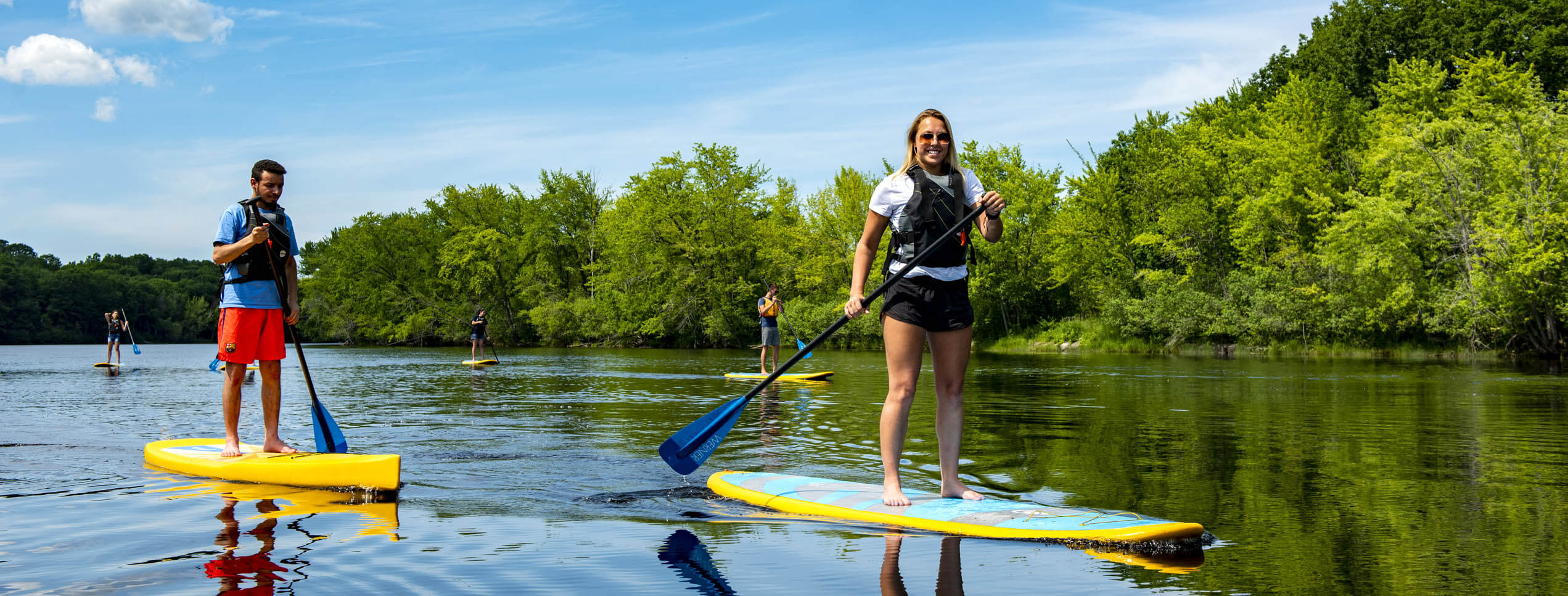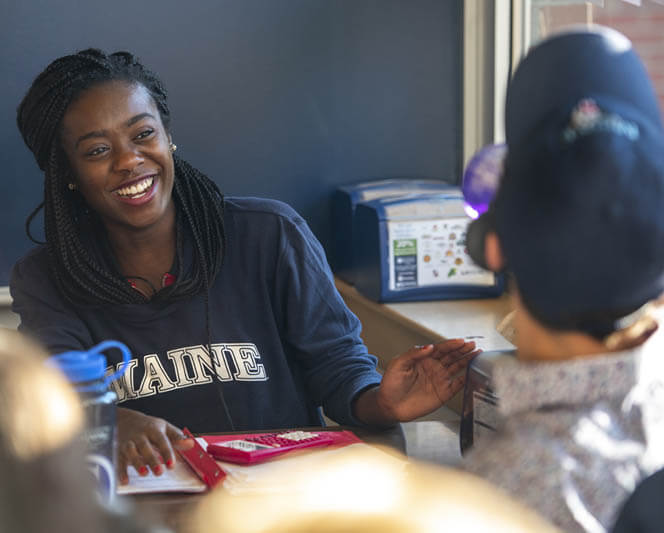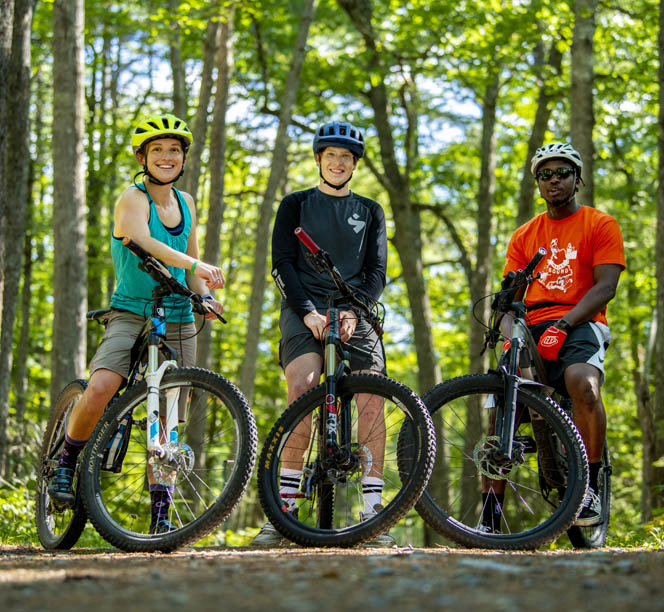
Well-being
UMaine should focus intentionally on creating a healthy scaffold for the whole person, recognizing mental and physical health and well-being as central to the educational experience of the students, faculty, staff, and community members who learn and work together here. The COVID-19 pandemic has demanded that we reevaluate the university’s role in caring for its students, faculty, and staff, in part by understanding and addressing the hardships they face as well as creating an environment that promotes a level and supportive learning field for all.
We can strive to offer a relationship-rich education that helps students find balance, engagement, and development in their studies and their lives. Compassion, kindness, and empathy are key to student success as UMaine emerges from the pandemic.
Focus Areas
- Mental Health
- Physical Health
- Work / School / Life Balance
- Support Services
- Relationship Rich Education
Recommendations
Create additional resource systems that can support health, mental health, economic well-being, and care-giving responsibilities in students, staff and faculty, especially those that can respond to disparities in these arenas.
Seek data and feedback on student experience for BIPOC student to make strategic choices that lead from their wants and needs and act with engaged and informed purpose and care.
Create virtual and physical spaces for students, student organizations, sites of learning, sites of research that are shaped with diversity, equity and inclusion as a key focus.
Support the visual and performing arts as critical in helping to weave diverse cultures into the DNA of the institution.
Develop mosaic mentorship and networking programs that partner with other UMS campuses and DEI-focused organizations in the state and nationwide.
Provide university-level training and support for increasing support for diversity, equity and inclusion across all stages of faculty and staff positions (from search to retention across a career).
Investigate key elements that will enable UMaine to attract faculty and staff who will “land and stay.” What lessons can we learn from 30+ year UMaine faculty? How do we create a tight-knit community and sense of belonging for an increasingly diverse workforce?
COVID-19 moving us to virtual communications has enhanced our abilities to collaborate without geographic limitations. Some classes and collaborations work well online, others less so. How can UMaine use what we have learned to build resiliency and flexibility that meets the needs of students, staff and faculty?
The pandemic has demonstrated that an extensive integration of high-tech (broadband, distance learning, etc.) elevates the importance of high touch. High-tech and high touch practices are not mutually exclusive — a new hybrid model of teaching and learning that successfully allows for both could be designed.
Promote better use of time, space and equity. Adopt high-flex options for all classes to provide equity for students who are not traditional, residential undergraduates.
Acknowledge the disparity that emerged during the pandemic regarding support for students and faculty with young children and other serious health, economic and care-giving responsibilities. Recognize importance of mental health and well-being. We should make those who were left behind during the pandemic a priority moving forward.




